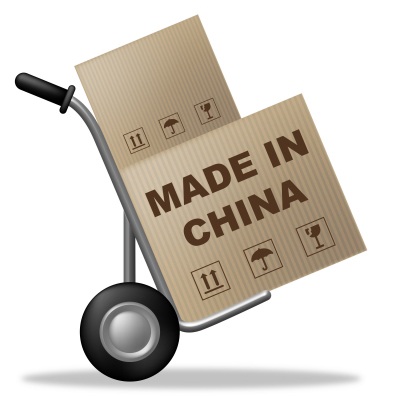Moving Up the Value Chain

Can Mid-sized Chinese Manufacturers Adapt & Innovate in the ‘New Normal’ Economy?
China’s economy has entered a period its leaders have dubbed ‘The New Normal’ – economic growth is slowing and the government is trying to shift its development model away from low cost export-oriented manufacturing towards an economy powered by services, domestic consumption and buzzwords like innovation and industrial upgrading. What will this economic transition mean for the thousands of small- and medium-sized manufacturing enterprises that helped drive China’s past three decades of remarkable growth? Will they be left behind, or can they adjust their strategies to move up the value chain in an increasingly challenging and changing business environment?
The results of a new research study by CEIBS Vice President, Dean and Cathay Capital Chair in Accounting Professor Ding Yuan, CEIBS Professor of Entrepreneurship S. Ramakrishna Velamuri, and HEC Professor Véronique Malleret show how these enterprises might survive and even thrive during this next period of China’s economic transition. The authors tracked five privately-owned medium-sized Chinese manufacturing enterprises located in the Yangtze River Delta region from 2000 to 2012 to see how and why they adapted their strategies as China transitioned towards a more market-driven economy and the business environment evolved correspondingly.
Though they manufacture products for vastly different markets — at the start of the study, one made products for clean rooms in the electronic and pharmaceutical industries, another made wooden staircases for private homes, while the others manufactured products like cutting blades, small metal parts like bolts and nails, and ball bearings — the companies shared several common characteristics: they were privately owned, mid-sized companies located in the Yangtze River Delta region and were all founder-managed. Overall, the researchers found that as both the business environment and the firms matured, the firms began to adopt more market-driven, long-term strategies and focussed more on beefing up and maintaining their competitive resources and capabilities, rather than trying to jump into a new market in the naive belief that the grass would be greener. The results suggest that Chinese manufacturers will be able to adapt to the new challenges in front of them, just as they have in the past, if they make a firm commitment to the long-term development of capabilities.
The firms’ strategies evolved along with the business environment in three phases. The first phase, between 2000 and 2004, was a period with a high volume of new entrants in many industries in China. Four of the firms in the study diversified their product offerings in this period, either by manufacturing new products for existing customers or entering new markets with new products. Only one firm stayed focussed on simply improving its existing business.
During the second phase, from 2005 to 2007, China passed a new labour law which would result in higher wages beginning in 2008, and an appreciating RMB made exports less competitive. The Chinese government also withdrew export subsidies for low value-added products, and labour, raw material, energy, transportation and environmental compliance costs all rose sharply. All five firms stopped new entry initiatives during this period and focussed on fine-tuning their existing businesses and improving their competitiveness.
In the third phase, 2008 to 2012, none of the firms diversified into unrelated areas of new business. Though they continued to face fierce competition, none complained about new entrants, and two firms noted that they actually had fewer competitors in 2012. During this period raw material costs either remained stable or decreased. However labour costs rose between 50 and 100% between 2009 and 2012 and the companies began to complain that the central and local governments were inconsistent in the implementation of policies.
According to Prof. Velamuri – “Our study clearly points to the beginning of a process of rationalization on the supply side, meaning that the very high rates of new firm entry into many different industries, which we saw ten years ago, has begun to moderate. The leading companies in the different industries have realized that competition based solely on low prices is unsustainable, and have begun to pay attention to i) productivity through improving the efficiency of their processes, ii) innovation in products, markets and business models, iii) seeking profitable growth rather than growth for its own sake, and iv) strengthening the quality of their management teams. Our findings are consistent with prior research findings in many different countries, which indicate that there is no magic bullet to the growth challenges of SMEs, whether they are in manufacturing or services. There is no substitute for a laser-sharp focus on the basics of good management.”
The results of the study can be found in the paper titled “Institutional Complexity and the Strategic Behaviours of SMEs in Transitional Environments” which is forthcoming in the International Journal of Emerging Markets.
Image courtesy of Stuart Miles at FreeDigitalPhotos.net













